Abstract 2


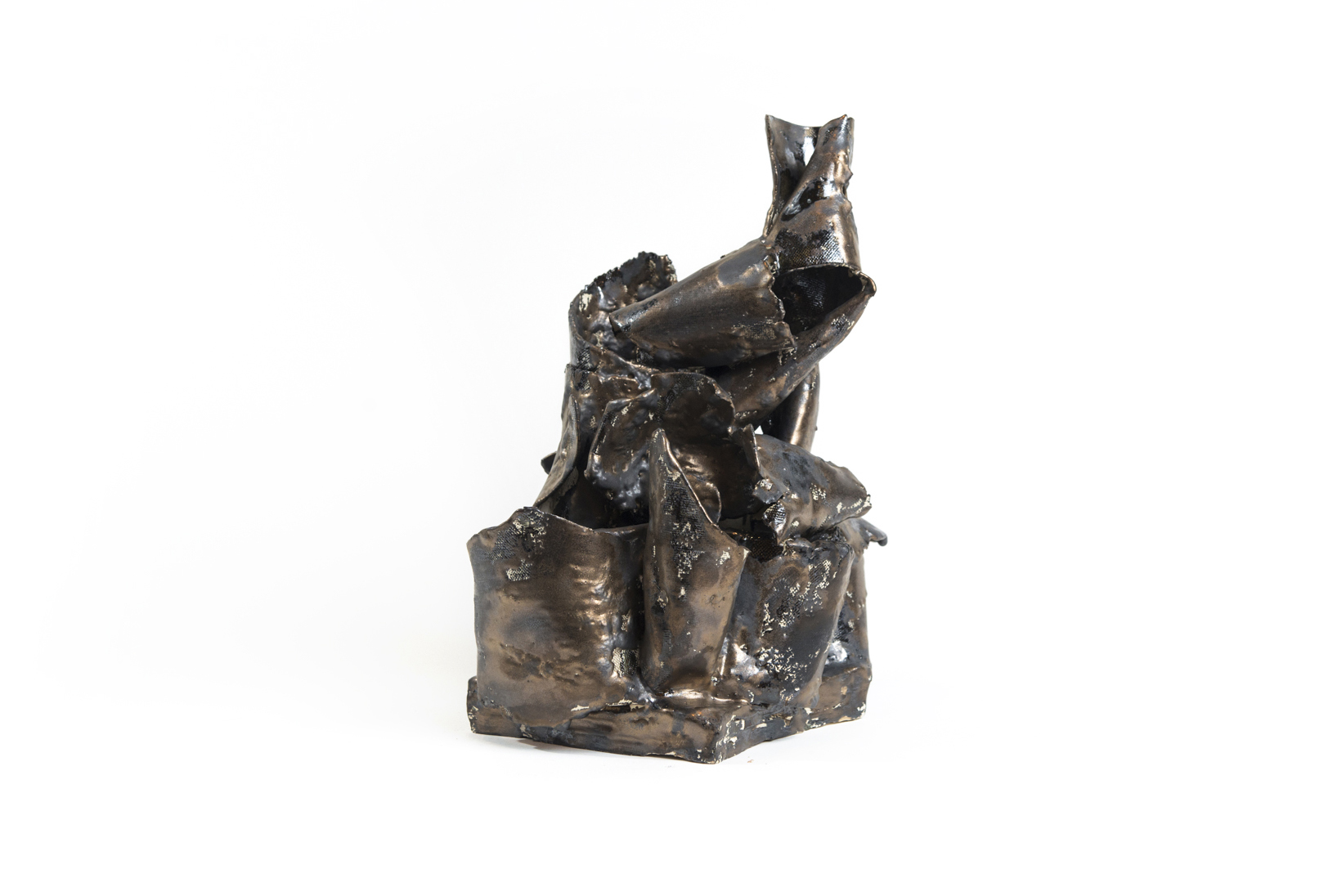









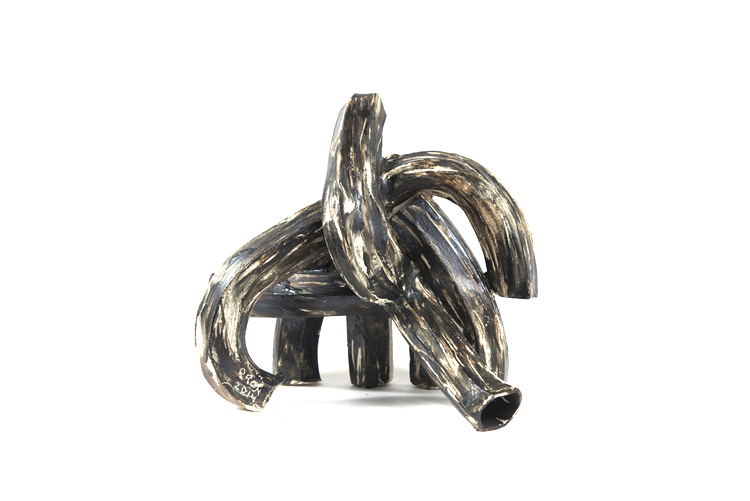












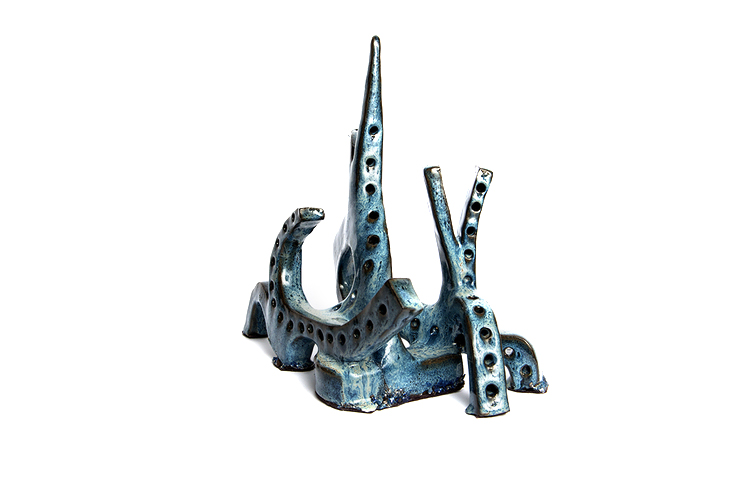



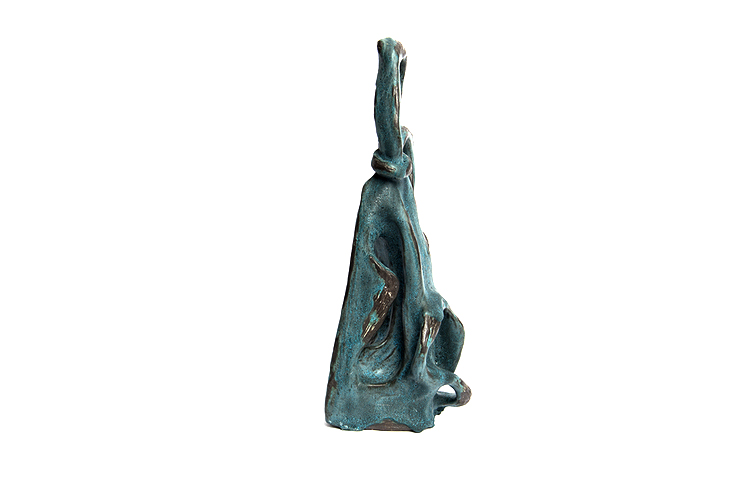




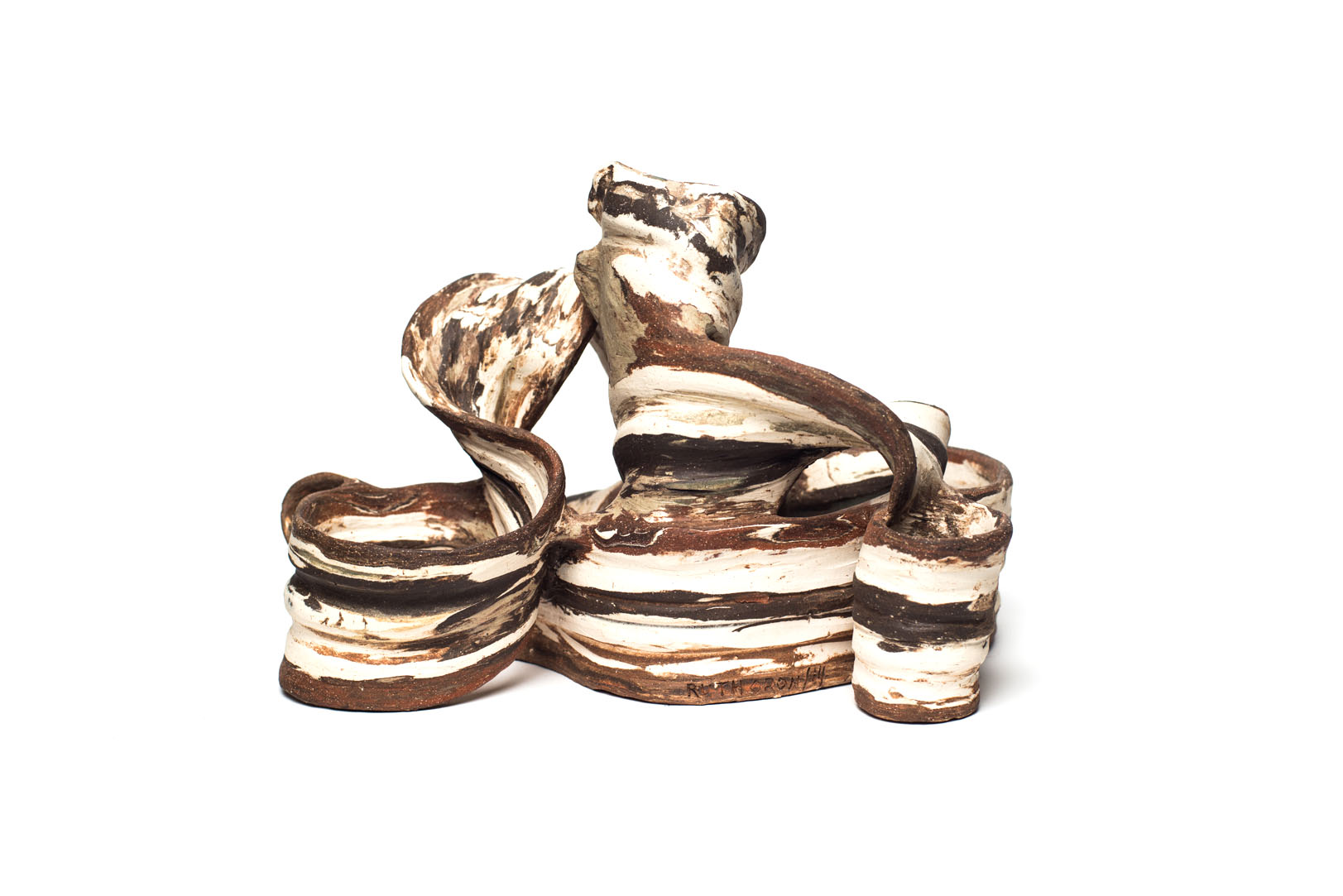





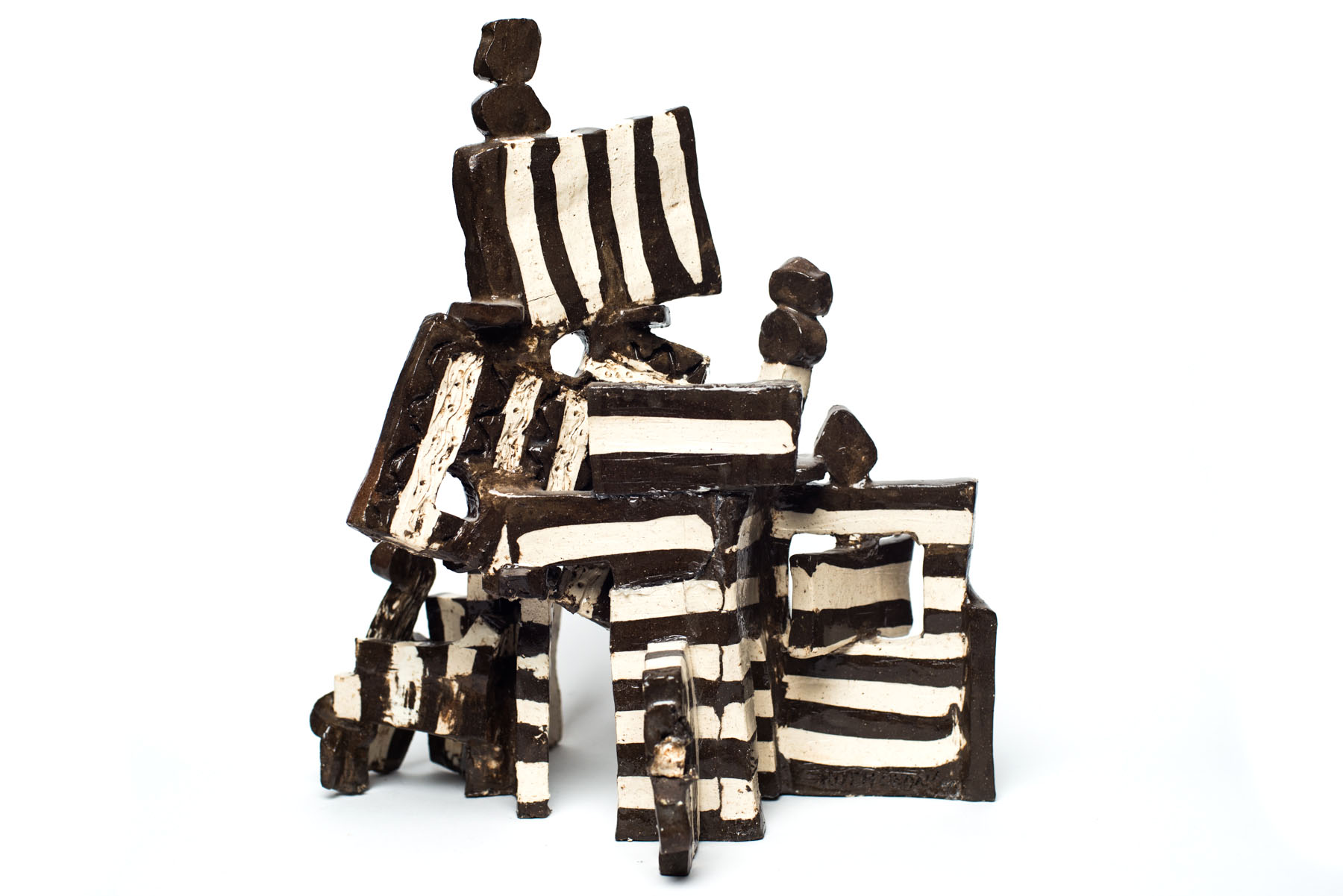
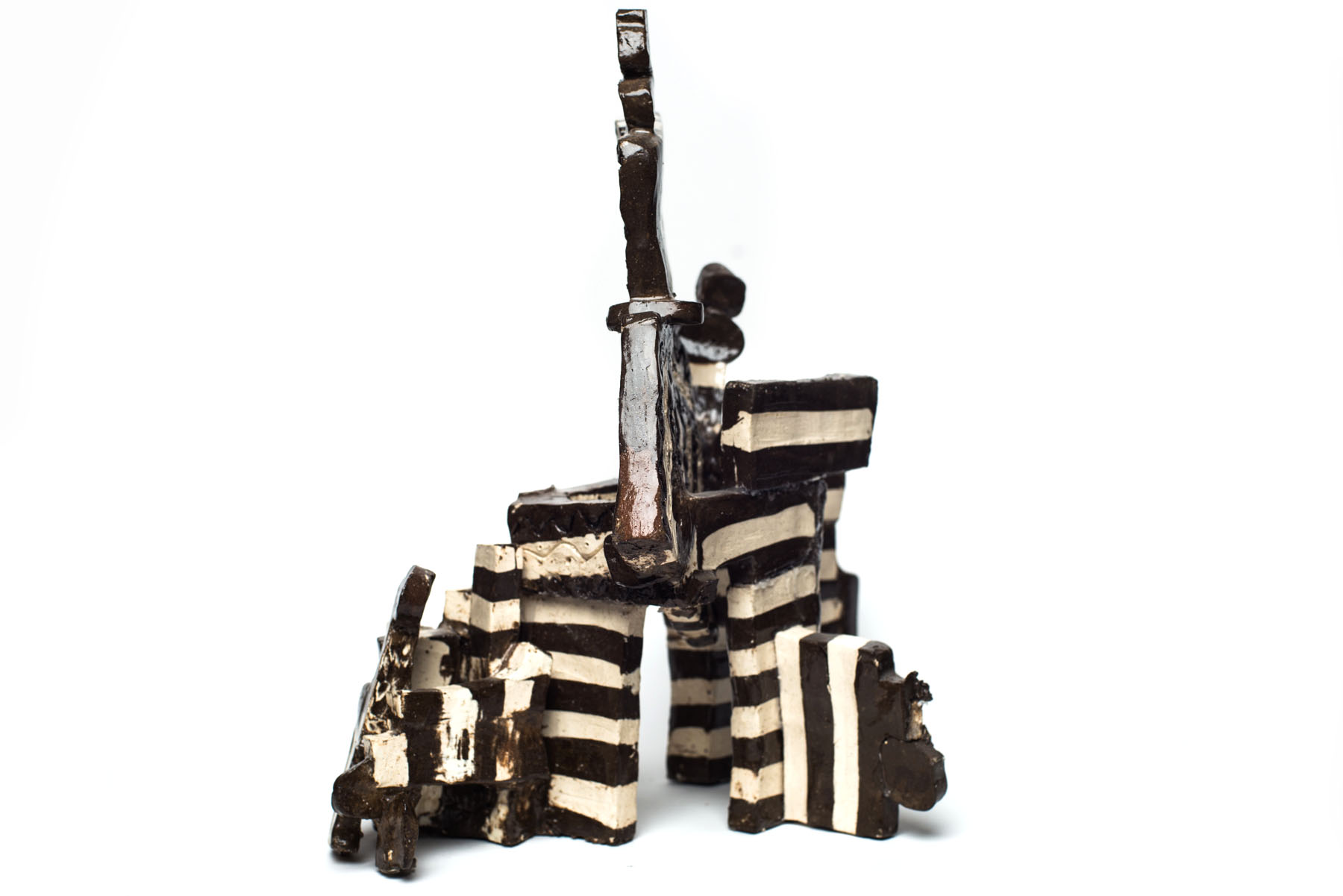



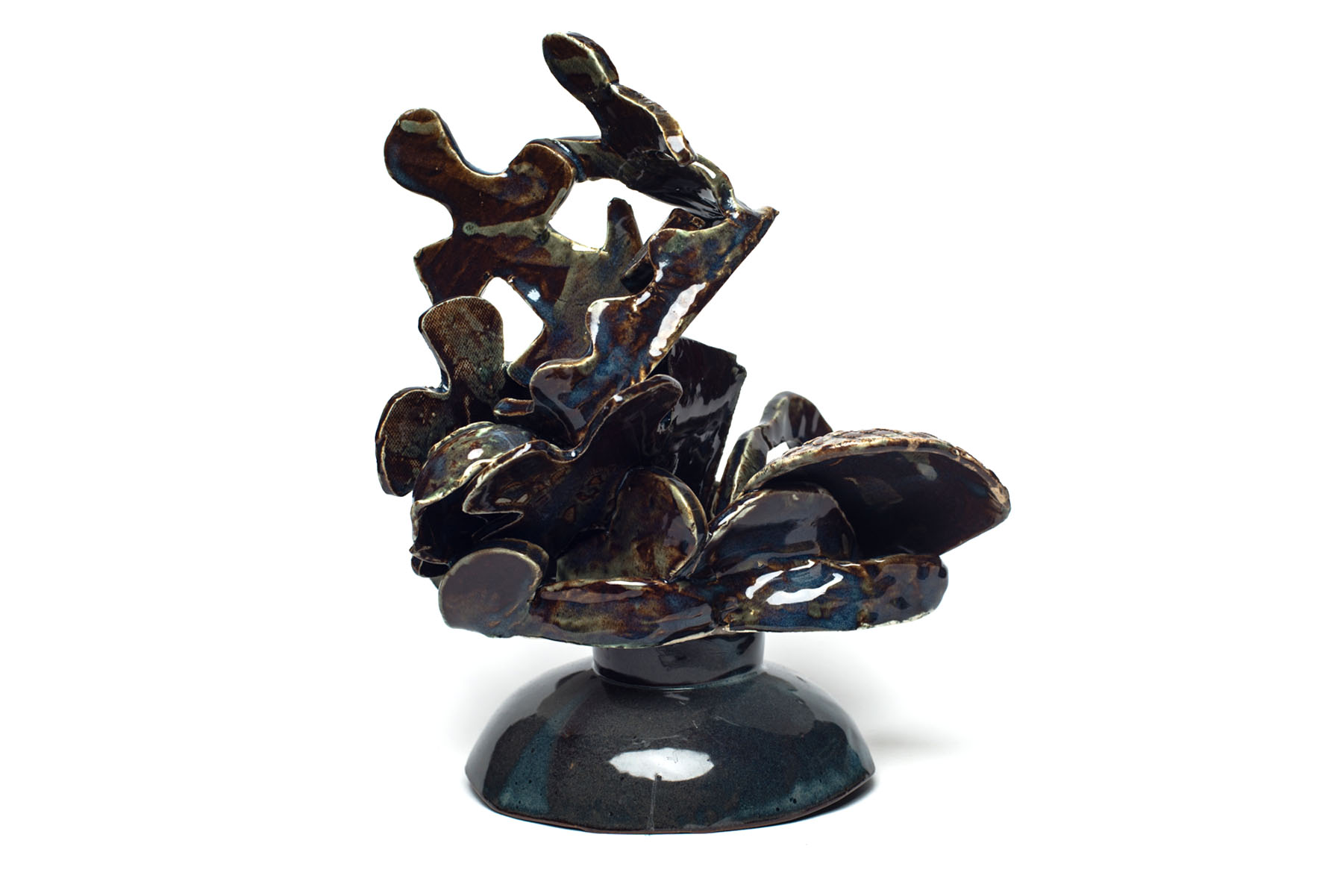
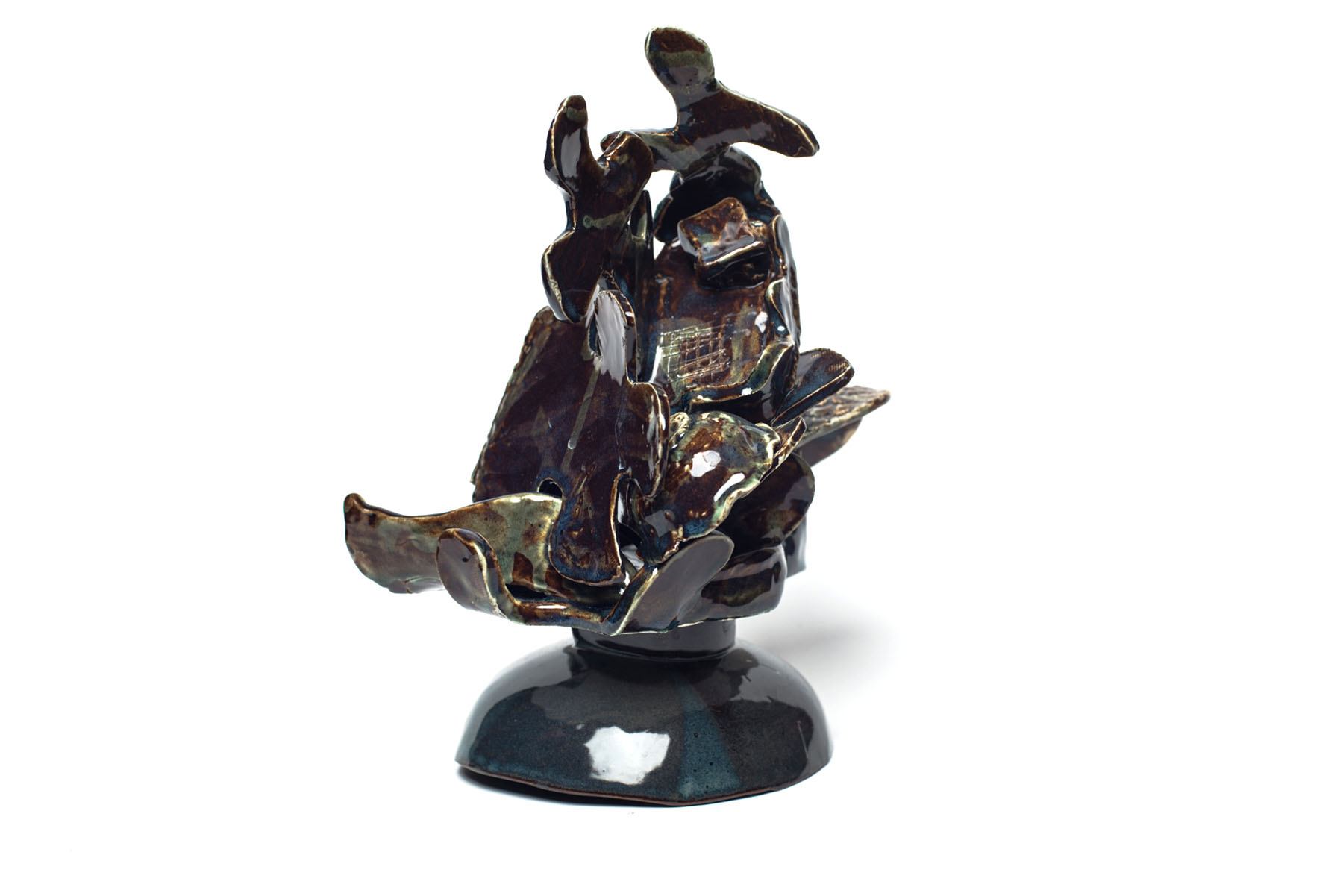

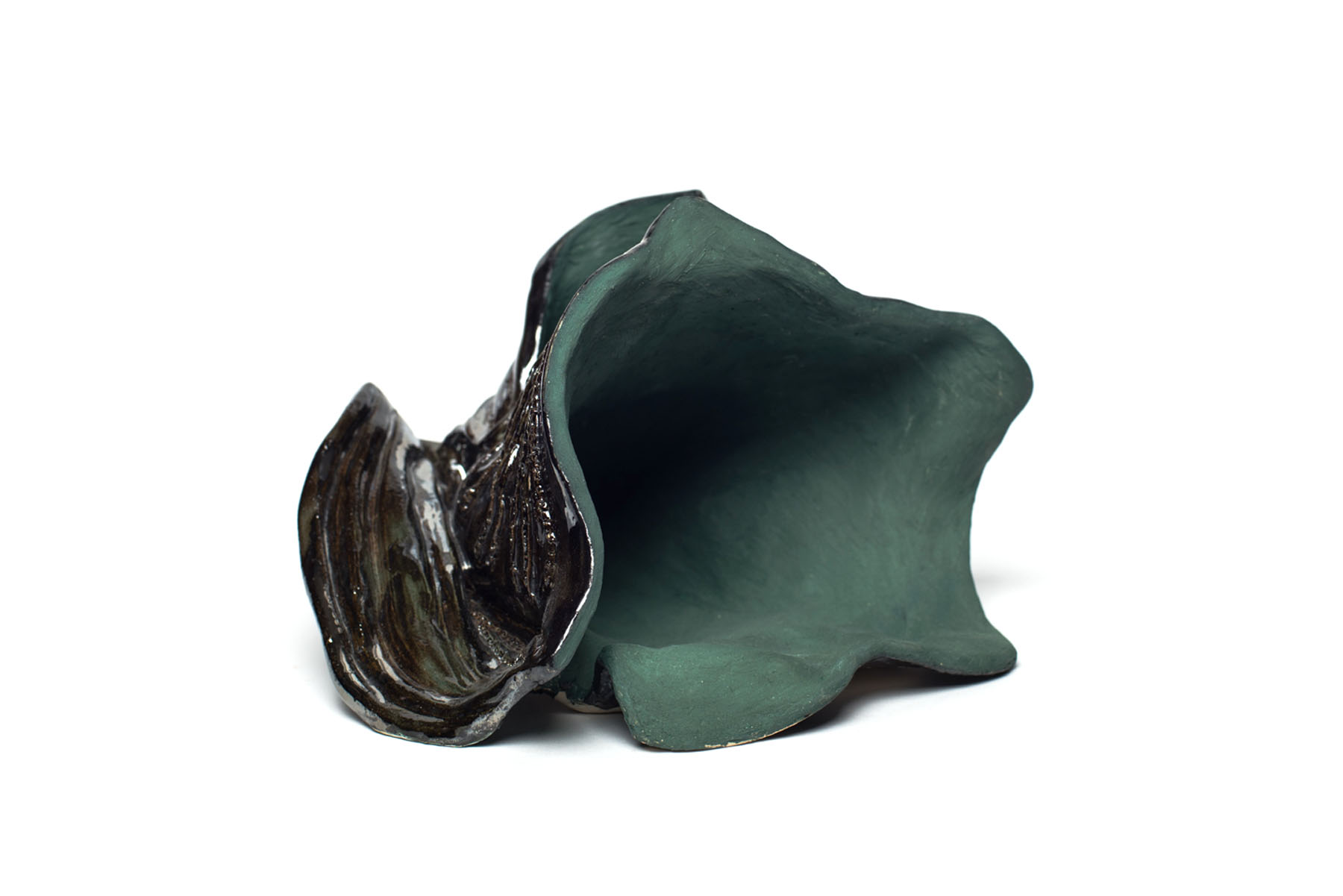


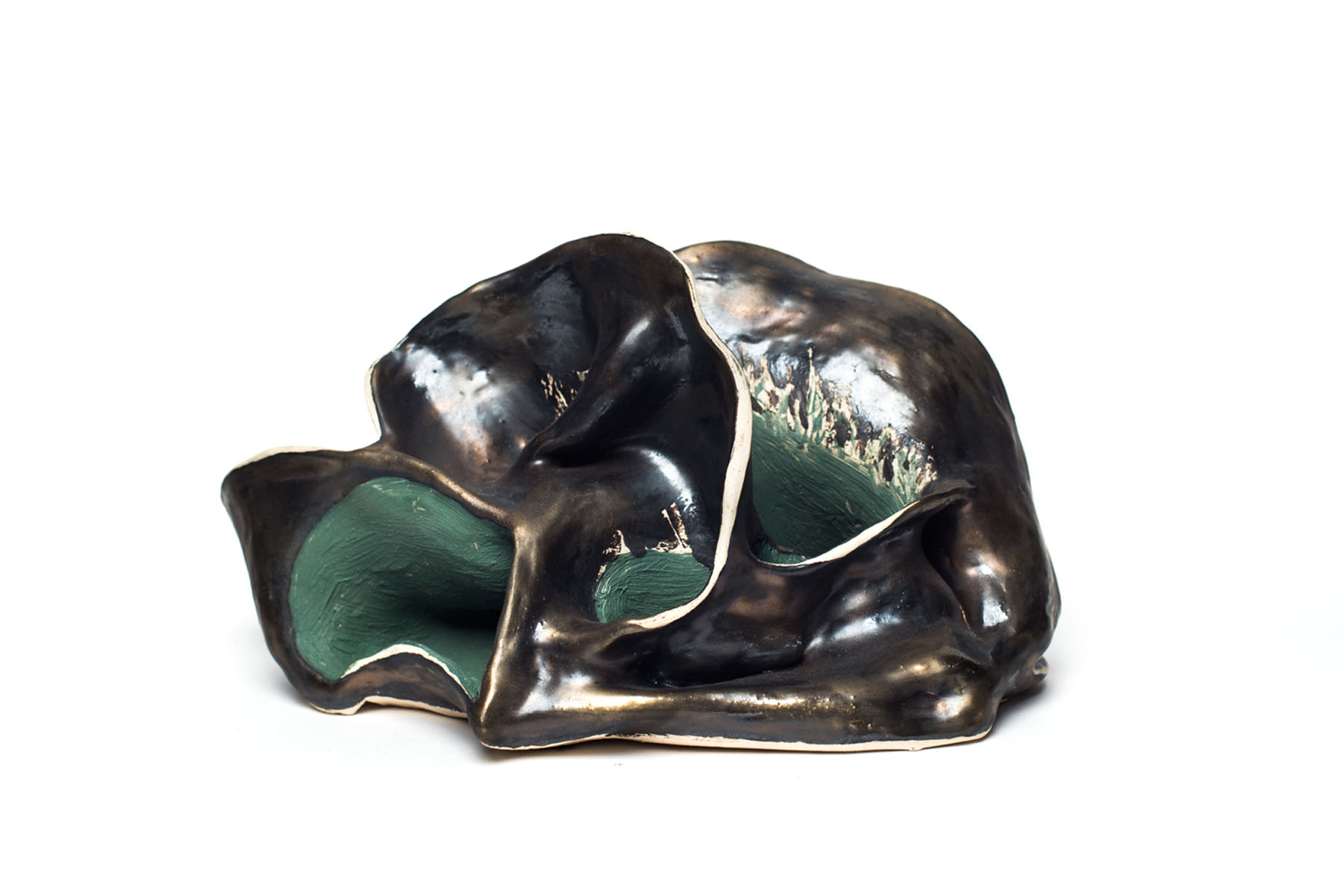





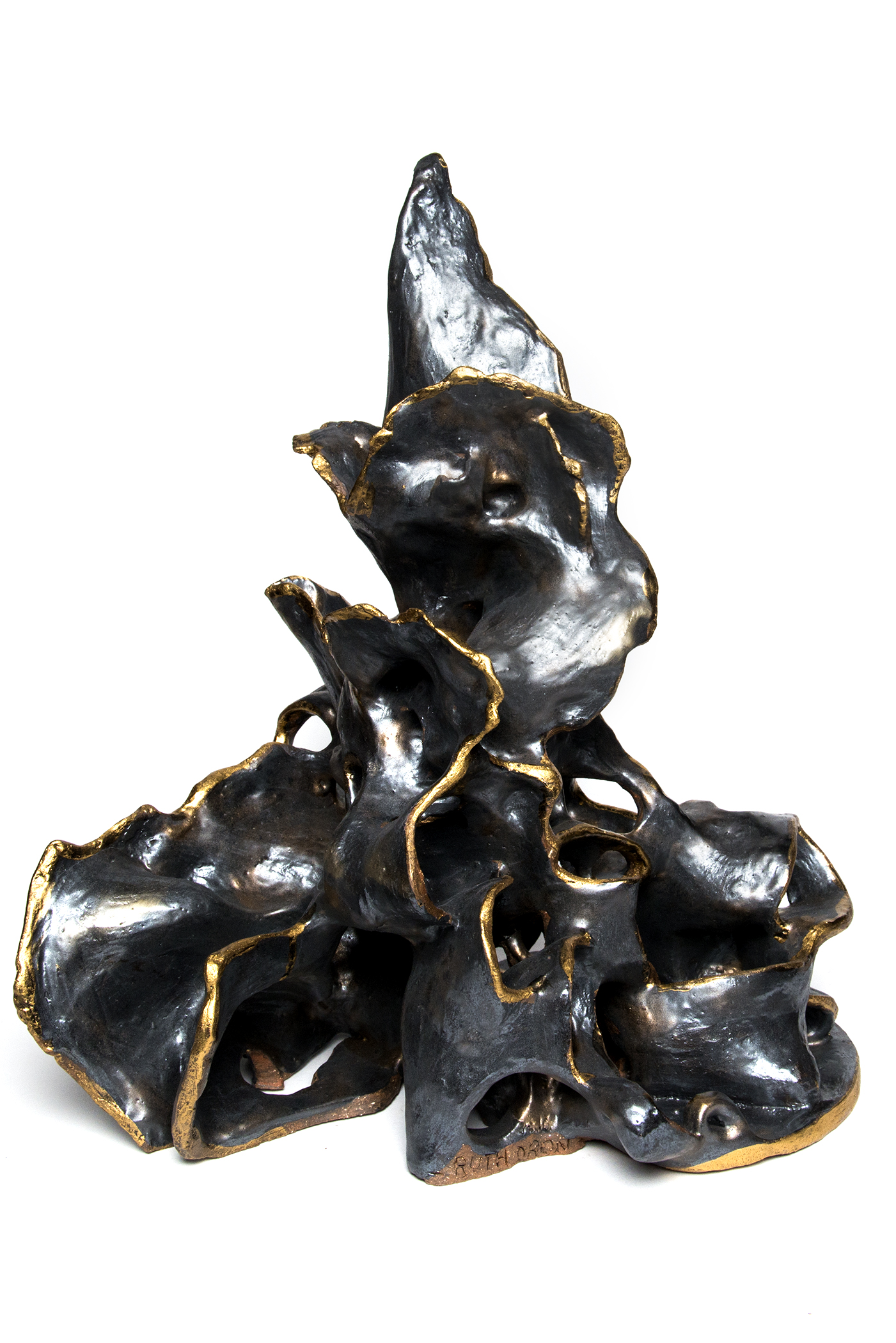
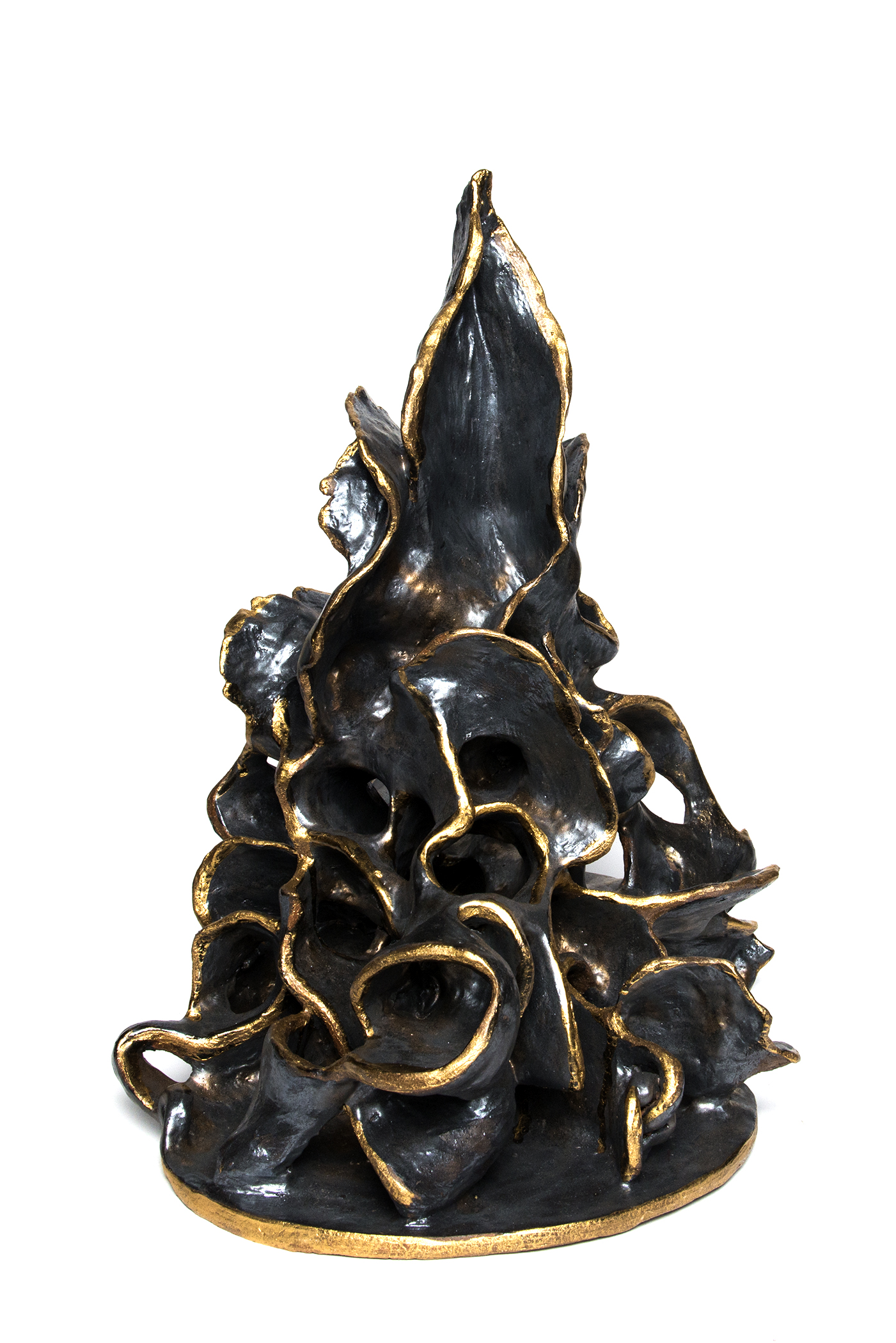


In his lecture "Aesthetic Realism and Beauty: Sculpture," Eli Siegel spoke about the "incursion of the ugly" in this art in the twentieth century. I had this in mind as I piled up these discarded pieces. This work also reminds me of a poem by Mr. Siegel entitled "The Lesson of Art":
Within debris
Is symmetry.
H: 12", W: 11", D: 9"
2014
H: 12", W: 11", D: 9"
2014
H: 12", W: 11", D: 9"
2014
Atop a solid base, there is a playful relation of hollow and solid rectangles and squares. As they climb on top of each other and soar up freely into the air, forming a lively diagonal line, abstract shapes are given, I hope, a humorous and pleasing quality.
H: 12", W: 8.5", D: 5.5"
2012
H: 12", W: 8.5", D: 5.5"
2012
H: 12", W: 8.5", D: 5.5"
2012
How much can awkwardness be given a certain grace? That is what I was exploring here as I tried to relate the two jutting-out pieces to the delicate teardrop hollow shape in the center.
H: 12.5", W: 8", D: 3.75"
2013
H: 12.5", W: 8", D: 3.75"
2013
H: 12.5", W: 8", D: 3.75"
2013
From one point of view, there is nothing more "personal" than our families. But I've learned from Aesthetic Realism--and it did my life so much good--that in order to be kind, we need to see the persons closest to us also "impersonally": in relation to other people, history, and even abstract shapes. That is what I attempted to do here as I grouped three figures--a father, a mother, and a child--making them both suggestive and representative.
H: 7.5", W: 5.25", D: 4"
2012
H: 7.5", W: 5.25", D: 4"
2012
H: 7.5", W: 5.25", D: 4"
2012
As I worked with these not-too-attractive tubes, my purpose was to find out how one piece could meet another "lovingly." I was surprised to see as they joined, how much they "embraced" each other!
H: 10.5", W: 12", D: 12"
2014
H: 10.5", W: 12", D:12"
2014
H: 10.5", W: 12", D:12"
2014
Although Eli Siegel is commenting on a different art in his definitive essay “The Drama of Hardness and Softness in Painting,” what he says in it certainly describes the art of sculpture. I love these sentences, which I think describe this work in particular:
"Within colors, there are hardness and softness. The blending of colors is really a blending of hard and soft effects or possibilities; of arrest and continuity....Composition, itself, is a presence and interaction of flow and precision, diversity and oneness, expansion and fixity."
H: 10", W: 19", D: 13"
2015
H: 10", W: 19", D: 13"
2015
H: 10", W: 19", D: 13"
2015
This sculpture did not turn out just the way I had hoped! It became convoluted and wild, so different from how it began after its first firing. I thought the sea foam glaze would help by giving it a lift and some playfulness. Perhaps it did (or didn't)!
H: 12.25", W: 12.5", D: 7.5"
2012
H: 12.25", W: 12.5", D: 7.5"
2012
H: 12.25", W: 12.5", D: 7.5"
2012
This work was clearly affected by my care for totems. As I carved into it, at first it seemed too heavy. I then tried removing clay from its core in order to create space for the light to go through. Still needing a certain lift, I added legs and a silver ball.
In his great essay "Art As Criticism," Eli Siegel writes: "To see is to criticize....[M]ore and less, addition and subtraction, we have in all art. But more and less, addition and subtraction, as chosen by mind are criticism."
H: 14", W: 6.5", D: 5"
2013
H: 14", W: 6.5", D: 5"
2013
H: 14", W: 6.5", D: 5"
2013
I'm well aware of my preference for curved lines. In this piece, I deliberately made a choice to include straight lines. Still, I could not abandon my "first" love, as you can see: I was impelled to punch small circles into the clay and sometimes through it.
H: 11.5", W: 12", D: 8"
2013
H: 11.5", W: 12", D: 8"
2013
H: 11.5", W: 12", D: 8"
2013
How can we give our attention to things and still feel relaxed is a question had by humanity. In this work, I think that's what I was dealing with as I placed two alert oval shapes on top, adding to them small rings that give a casual touch. I then attached them to a base which is at once upright and has ease. The patina-like quality of the matte turquoise clay makes for a dignity and depth.
H: 14", W: 4.5", D: 5.5"
2012
H: 14", W: 4.5", D: 5.5"
2012
H: 14", W: 4.5", D: 5.5"
2012
Like many people, I once painfully seesawed between feeling my thoughts were in a nonsensical tangle, and then so stuck in myself that I felt practically paralyzed. In this piece, I was trying to give form to these states of mind as I used twisted ribbons of clay, placing them solidly on the ground. And just as this work is greatly enhanced by its highlights, so my life was illuminated as I learned from Aesthetic Realism how to make sense of my discordant thoughts and feelings.
H: 7.5", W: 9", D: 7.5"
2011
H: 7.5", W: 9", D: 7.5"
2011
H: 7.5", W: 9", D: 7.5"
2011
As I looked at this work, I was reminded of a wonderful sentence from Eli Siegel's essay "Line, 1964": "Lines always may have the drama of straight and curved, opening and closing, advancing and receding."
H: 8.5", W: 12", D: 8.5"
2014
H: 8.5", W: 12", D: 8.5"
2014
H: 8.5", W: 12", D: 8.5"
2014
I used to go from feeling exuberant one moment to tragic the next. This made me deeply unsure of myself. I learned the reason from Aesthetic Realism: neither feeling was solidly based, nor came from a desire to be exact about the world.
My consultants asked me: "Do you think you put pleasure and seriousness together in the best way? Is it possible to have a good time talking about the deepest things in the world?"
Here, I placed carefree, jaunty pieces on a square pedestal, making them, I hope, "solidly-based."
H: 11.5", W: 8", D: 7.5"
2015
H: 11.5", W: 8", D: 7.5"
2015
H: 11.5", W: 8", D: 7.5"
2015
Although Eli Siegel is commenting on a different art in his definitive essay "The Drama of Hardness and Softness in Painting," what he says in it certainly describes the art of sculpture. I love these sentences, which I think describe this work in particular:
"Within colors, there are hardness and softness. The blending of colors is really a blending of hard and soft effects or possibilities; of arrest and continuity....Composition, itself, is a presence and interaction of flow and precision, diversity and oneness, expansion and fixity."
H: 10", W: 19", D: 13"
2015
H: 14.5", W: 13.5", D: 10"
2014
H: 14.5", W: 13.5", D: 10"
2014
Once, the complexities of people angered me. If a person was confusing, I immediately saw them as against me.
In an Aesthetic Realism consultation, I was asked, “Do you think the more you want to understand the depths of people, the kinder you will be?”
Sculpture has encouraged me to welcome the intricacies of reality, including to see how dealing with tangles can make for joy!
H: 11", W: 11", D: 7.5"
2014
H: 11", W: 11", D: 7.5"
2014
H: 11", W: 11", D: 7.5"
2014
This sculpture is composed of pieces discarded by other people in a studio; the parts were unified by a Floating Blue Green glaze. I believe the work has humor and depth. It made me think of questions I was asked in Aesthetic Realism consultations:
"Do you think anything in you is afraid to be entirely integrated, to have all the parts of your life come together?" I said that I was. They continued, "Can other people assist in having this come to be?"
The two dancing people on top holding hands represent the joy I feel in seeing that Yes! People can be a means of greater integration in my life.
H: 12", W: 10", D: 7"
2015
H: 12", W: 10", D: 7"
2015
H: 12", W: 10", D: 7"
2015
The idea for this sculpture came to me in a dream. I have loved shells all my life and this work has a conch-like shape.
Once I assertively wore flashy clothes and jewelry to make sure I was "noticed." Meanwhile, I was in a very painful "shell" of my own making. I felt what went on inside of me was under deep water.
Here, I hope there's no division between depth and surface: the matte turquoise-colored interior is as visible as the lustrous, metallic exterior. They are joined by a graceful curved line.
H: 7", W: 13", D: 9"
2015
H: 7", W: 13", D: 9"
2015
H: 7", W: 13", D: 9"
2015
After I worked on Shell-like Form I (158.1), I wanted to explore further the relation of surface and depth further. I was surprised to see that you cannot really separate them; they are much closer than is customarily felt. That's what I was trying to show in this piece as I went after an undulating rhythm of in and out.
H: 8", W: 16", D: 15"
2015
H: 7", W: 13", D: 9"
2015
H: 7", W: 13", D: 9"
2015
In the third piece of this series, I was hoping to show the dramatic fight that goes on in people, including myself of once: how we feel we have to use our surface to hide and protect what we feel inside. Here, I used surface to shield the interior, but guess what?--it leads us right to the interior, anyway! I'm so glad that through my study of Aesthetic Realism I feel more than ever that I can and want to show, what I feel.
H: 8", W: 16", D: 15"
2015
H: 8", W: 16", D: 15"
2015
H: 8", W: 16", D: 15"
2015
H: 13.5", W: 11", D: 12"
2016
H: 13.5", W: 11", D: 12"
2016
H: 13.5", W: 11", D: 12"
2016
Wikipedia describes a "motley crew" as a "roughly organized assembly of characters of various backgrounds, appearance, and character."
In a studio I share with others, I found dozens of discarded pieces of various shapes and sizes. Like a child might do, I placed one piece on top of another to see how high they could go. I then glazed them.
What can I say about these four towers? They're awkward, mismatched, unsteady, and even funny looking, and yet I have to believe they like each other's company. They are truly a "motley crew"!
H: 29", W: 17", D: 12"
2015